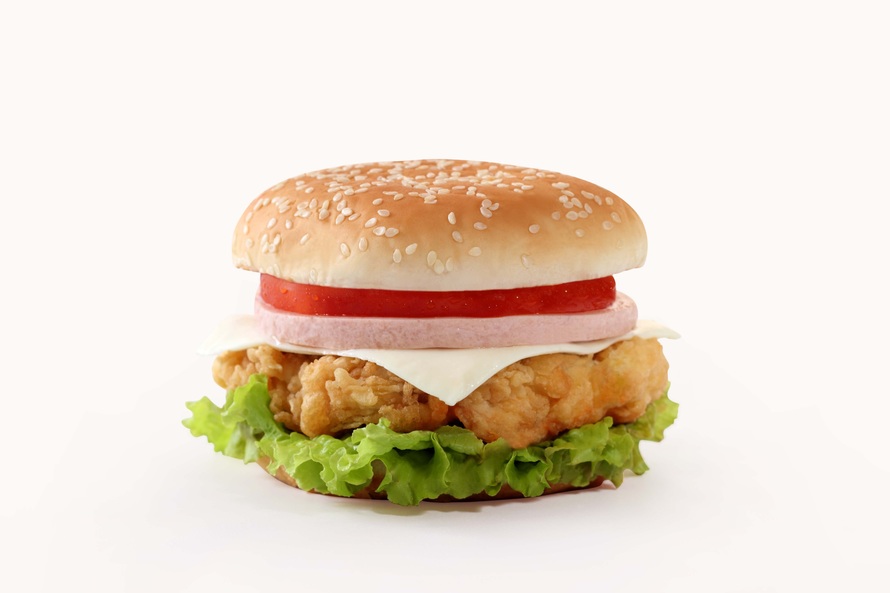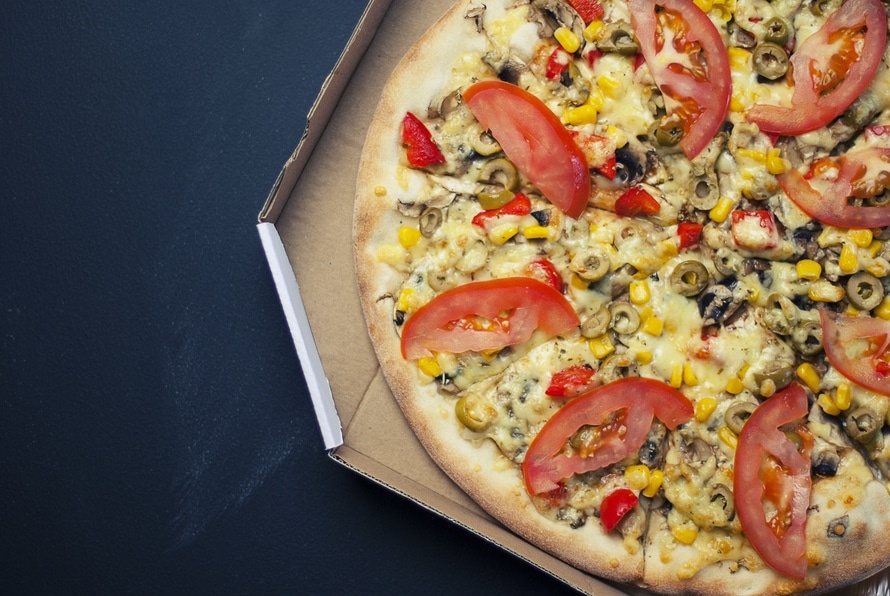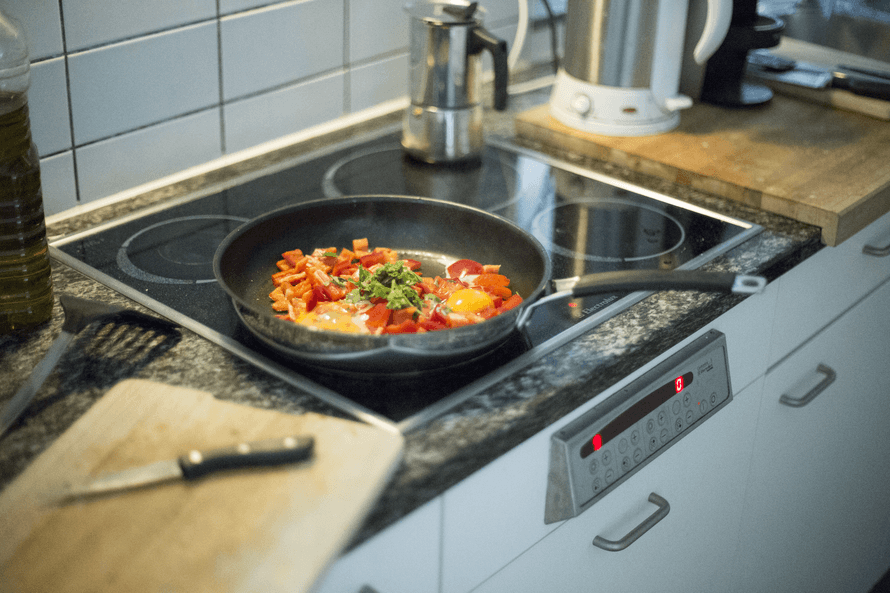Redesigning your life to better health and well-being requires permanent lifestyle changes. For some people, these are often difficult to make, but should you wish to live a healthier lifestyle, you will need to translate the desire to live healthy into real action.
We know it’s not easy so here are some basic tips to help get you started:
Self-awareness is key
If you’re reading this, then we make the assumption that you’d like to change a habit. That’s great! It means that you are aware of your unhealthy behaviour, and conscious that it is not bringing you the joy and happiness you would like.
If you are conscious of your behaviour and have the desire to change, you’ve already taken the first step towards behavioural change.
For example: You’ve been eating too much junk food and sugary snacks and notice that you’re not only putting on weight, but also feeling tired and lethargic. You want to reduce the amount of junk food you’re eating so you can look and feel healthier. Each time you see a fast food restaurant or a cafe with cakes displayed, you recognise these complex emotions within you. Congrats! You’re self-aware.
ABC’s of behavioural change
The ABC model – Antecedents, Behaviours, Consequences – is a preferred method in behavioural psychology to deter problem thoughts and behaviours and encourage healthier ones.
Antecendents
Antecendents to your behaviour are the events, actions, individuals or circumstances that trigger your response. The point of isolating these cues is so that you learn what “sets you off” allowing you to think twice before enacting the old habit again.
Some questions to consider –
- What event takes place before the problem behaviour occurs?
- Does the problem behaviour occur after an activity or does it occur after a discussion, argument or conversation?
- Where does your “bad behaviour” usually take place?
- What’s happening and who’s with you when the behaviour takes place?
For example: Following on with the previous example with eating too much junk food. Your trigger could be that you see the golden arches of a McDonald’s restaurant. Or it could be because you’ve just spent 10 hours at work and couldn’t be bothered cooking so decide to get takeaway from the nearest pizza restaurant. Or it could be that your kids are putting the pressure on to go to McDonald’s and you can’t be bothered arguing. You want to “pick your battles”. These are some examples of antecedents.
Behaviour
In this part of the behavioural change model, you study the behaviours (or thoughts) you want to change and then consider what you wish to replace them with. Remember that having the will to stop an unhealthy behaviour is hard. Instead, replacing it with a healthier one is the key to change.
Also, when altering your behaviour, you may want to take inspiration from others who are already embodying and living the habits you want to adopt such as a public figure such as Sarah Wilson of I Quit Sugar, a health-conscious friend or even your naturopath.
For example: You stop eating junk food and instead eat organic whole foods. You also realise that you tend to seek out junk food after work, when you’re at your most tired and stressed. You’re conscious of this but can’t change jobs because it pays well and you’re family is counting on your wage to pay the bills. Instead you decide to go to the shops and buy some ingredients to make healthy meals from scratch. You start to hang out with your yogi friends and start seeking recipe recommendations. Before you know it you’re cooking almost every night and going to yoga classes. And the good news is that you’ve also lost a couple of kilos!
Consequences
The consequences are the results of your behaviours – the actions and responses that immediately follow your behaviour. At this point, it is important that you set up a self-regulation system that rewards you for choosing the healthy behaviour over the unhealthy one.
For example: In the case of eating junk food, you could give yourself a point for every meal you make from scratch at home. After you’ve accumulated say, ten points, you can then reward yourself with an hour of doing an activity you enjoy such as getting a massage or a spa treatment.
It can be overwhelming at first but the key to long-lasting lifestyle changes is breaking big changes down into smaller more manageable steps. Why not give it a try and report back to us on the changes you’ve been able to make?
If you’re looking to swap your bad habits for better ones but need guidance and a more tailored approach, please contact us on 07 3399 1002 and one of our holistic health practitioners can help you with reaching your healthy lifestyle goals.



